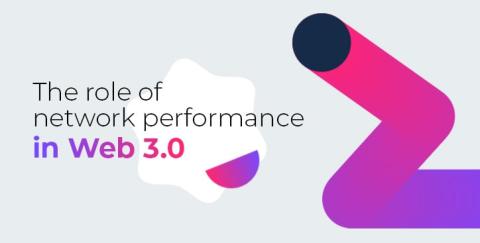Blockchain in Oil and Gas and AI in Oil and Gas: A New Era
The Blockchain in Oil and Gas sector is rapidly evolving beyond its initial cryptocurrency roots, emerging as a pivotal tool for facilitating smart contracts. As a trusted gatekeeper and advocate for transparency, blockchain is playing a crucial role in the growing "trust economy," where the value and vulnerability of a company's assets and reputation are on the rise. The following examples showcase how blockchain technology is being utilized in the oil and gas industry to enhance and secure operations.











